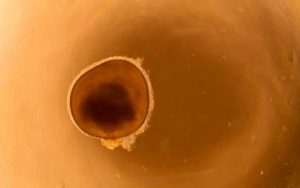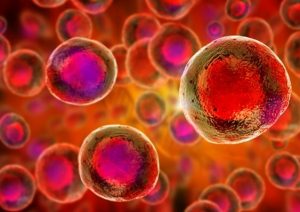Researchers clarify the identity of adult brain stem cells
“The human nervous system is a complex structure that sends electrical signals from the brain to the rest of the body, enabling us to move and think. Unfortunately, when brain cells are damaged by trauma or disease, they don’t automatically regenerate. This can lead to permanent disability.
However, within the brain, there are a small number of stem cells that persist into adulthood, offering a possible source of new cells to repair the damaged brain. Work by researchers at the University of Calgary Faculty of Veterinary Medicine sheds new light on the identity of the cells that exhibit neural (brain) stem cell function.
One type, astrocyte neural stem cells, can self-renew and generate new neurons, particularly following brain injury.
The other type — called ependymal cells — provide a supportive lining between the brain and the fluid that bathes the brain.
“Importantly, ependymal cells that line the caverns of the brain (called ventricles) also sit right next to neural stem cells, suggesting that they might be important regulators of neural stem cell function,” says senior author on the study Jeff Biernaskie, PhD, Calgary Firefighters Burn Treatment Society Chair in Skin Regeneration and Wound Healing, and associate professor of stem cell biology in the Faculty of Veterinary Medicine.
Study provides new insights into how brain cells work
“However, several high-profile studies have suggested that ependymal cells can actually become neural stem cells themselves, when activated by an injury to the brain. Our work provides evidence this is not the case and provides new insight into how they might contribute to brain function.”
In this study, the researchers developed a process allowing them to specifically label ependymal cells within the adult brain, while avoiding astrocyte stem cells. To their surprise, after tracking these cells over several months in either the normal or injured brain, they failed to find any instances of ependymal cell division or new neurons being generated from the ependymal cells (hallmark features of a neural stem cell).
By performing an extensive gene expression analysis of thousands of individual cells from the adult brain, they were able to directly compare ependymal cells to astrocyte neural stem cells.”
Read more: https://www.ucalgary.ca/utoday/issue/2018-05-04/researchers-clarify-identity-adult-brain-stem-cells












